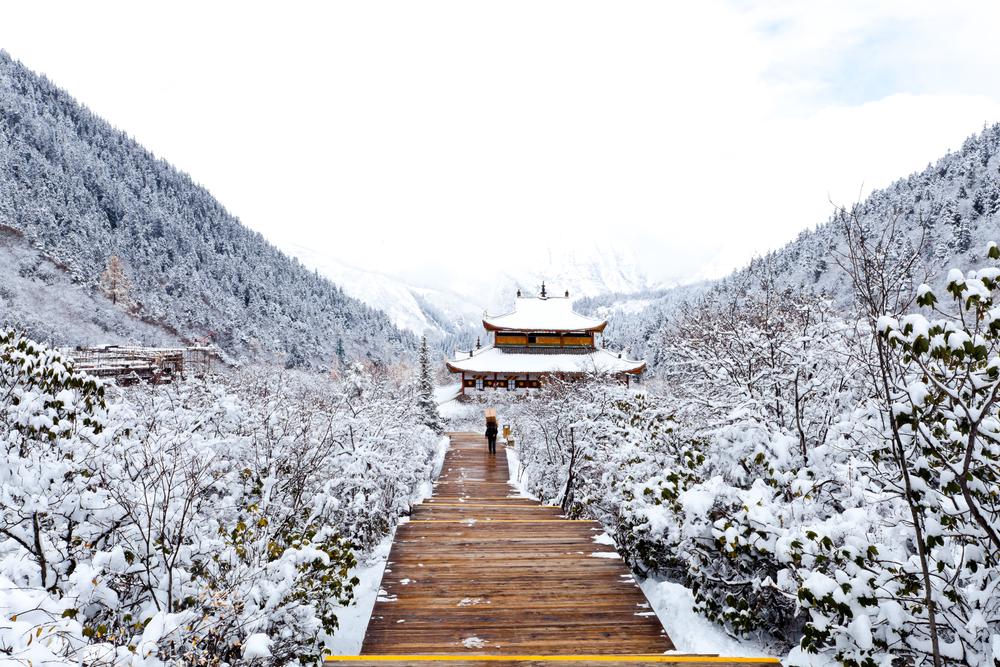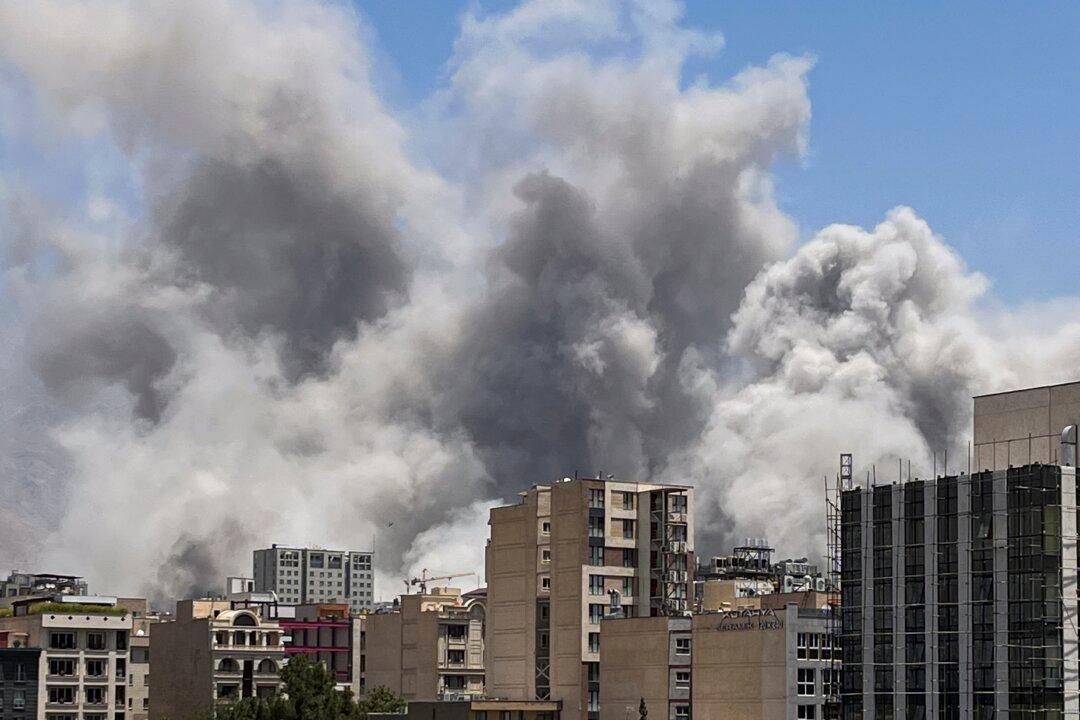With winter’s chill comes an overbearing stillness. Just as the whiteness of snow reduces the complexities of our world to a common state of frozen tranquility, so do the carefully selected words of ancient Chinese poets conjure expansive feelings and refined visions.
Known for its grammatical simplicity and free lexical form, perhaps none other than the minimalist style of Classical Chinese poetry is best suited for describing the mute frigidity of winter.
Some of the best-known Chinese poets lived during the Tang Dynasty (618–907). The Tang Dynasty was widely regarded as the peak of Chinese civilization. In the poets’ thousands of works, they covered many subjects and refined their methods for posterity.
“Snowy River” by Liu Zongyuan (773–819) is perhaps his most famous work. A common subject of memorization and recitation by young children, it paints at once a physical scene and an underlying mood.
Snowy River
Liu Zongyuan
Birds in flight to the end of a thousand hills,
The shadows of men fading on myriad paths.
A single boat, an old man clad in straw,
Fishing alone in freezing river-snow.
As is the case with any text composed in Classical Chinese, an exact translation lies beyond the realm of feasibility. In the original language, grammatical particles essential to English, such as prepositions and plural forms, simply do not exist. Is there one bird, or a whole flock? Do they fly to the end of the hills, or does the landscape take a more active role, swallowing them up? The answer is largely a matter of interpretation.
Liu Zongyuan himself was a civil servant who fell into disgrace with the imperial authorities because he took part in a failed reform attempt. He was exiled to remote regions in southern China, where he created most of his poetry.
Exile allowed Liu the environment needed to write in peace, but it also isolated him, as reflected in the image of the lone old man. Logically he would be catching fish, but more likely all he will find is snow. The grammar of the Chinese bars neither interpretation—illustrating hope and reality in the same stroke.





